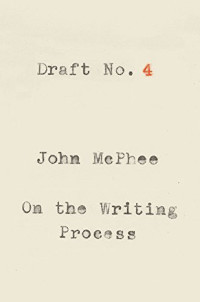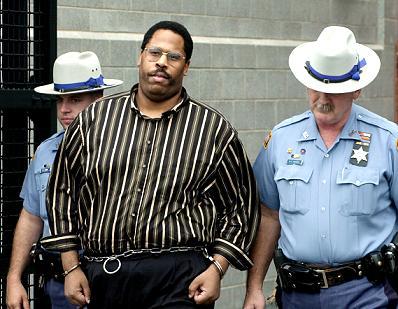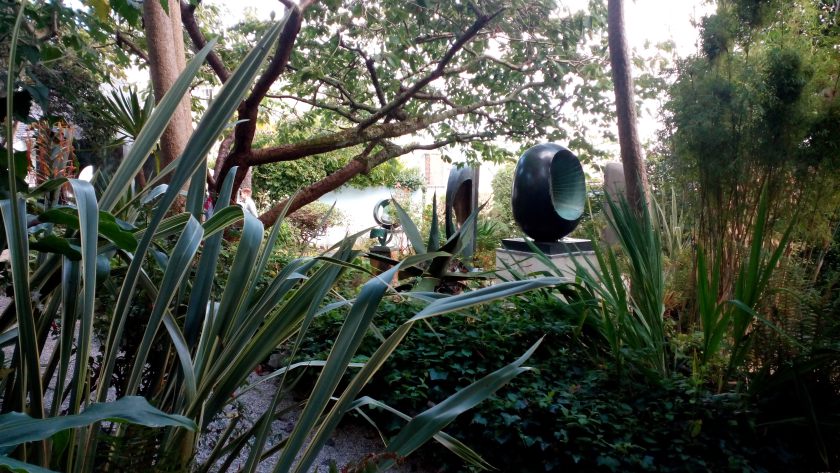 John McPhee’s Draft No. 4 is an essential work for writers wishing to learn from a master craftsman. It’s also a delight for readers who enjoy McPhee’s precise, evocative prose. It provides a behind-the-scenes look at The New Yorker, the estimable magazine that’s featured McPhee’s writing for more than fifty years.
John McPhee’s Draft No. 4 is an essential work for writers wishing to learn from a master craftsman. It’s also a delight for readers who enjoy McPhee’s precise, evocative prose. It provides a behind-the-scenes look at The New Yorker, the estimable magazine that’s featured McPhee’s writing for more than fifty years.
McPhee, who is 86, teaches Creative Nonfiction at Princeton and writes long-form nonfiction stories for The New Yorker. His books are published by Farrar, Straus, and Giroux. All of McPhee’s books are still in print, even after more than fifty years. All writers should be so fortunate.
With McPhee’s prolific career and vast accumulation of knowledge, I expected a thicker volume. Draft No. 4 is a slim, lively book that clocks in just under 200 pages. I finished it in a couple days.
The book consists of eight essays, all of which appeared in The New Yorker. One of them, “Checkpoints,” was also included in McPhee’s collection Silk Parachute.
The book starts out with two essays called “Progression” and “Structure,” which discuss how to start a writing project (“You begin with a subject, gather material, and work your way to structure from there.”) and how to structure content. McPhee is obsessive about structure, but believes that it should be invisible to the reader, like a person’s bones.
You can build a strong, sound, and artful structure. You can build a structure in such a way that it causes people to want to keep turning pages. A compelling structure in nonfiction can have an attracting effect analogous to a story line in fiction.
He’s experimented with structure in many ways, and in Draft No. 4 he diagrams the complex structures he used in several of his works. Although it’s interesting stuff, one wonders if McPhee is puffing himself up a bit too much. Take this complicated structure:
I began to think of a sequence of six profiles in which a seventh party would appear in a minor way in the first, appear again in greater dimension in the second, grow further in the third, and further in the fourth, fifth, and sixth, always in subordinate ratio to the principal figure in each piece until becoming the central figure in a seventh and final profile.
Alas, McPhee never found a project to employ this grandiose structure. It still eludes him. An eccentric obsession.
Until 1984, McPhee used scissors, manila folders, three-by-five index cards, and an Underwood 5 typewriter to devise a structure for his stories. After that, someone from Princeton’s IT department set him up with an IBM computer and a software program called Kedit, which apparently has remarkable sorting capabilities, although it’s more primitive than a full-featured word processor. McPhee provides several pages of Kedit history, easily the least interesting section of the book. He’s now the only person at Princeton still using it. Perhaps he still uses a flip phone.
Although structure is important to any piece of writing, most people would say it’s not as important as story. If McPhee’s obsession with structure motivates him to complete his projects, that’s great. Because he’s an excellent storyteller, as this book demonstrates. Despite its early emphasis on structure, the book meanders around quite a bit after that and doesn’t suffer for its lack of structure.
In terms of craft, McPhee avoids discussion of techniques other writers use to create nonfiction. Draft No. 4 is strictly about what works for McPhee. For instance, there’s no discussion of “New New Journalism” or the work of other writers such as David Grann, Susan Orlean, Ted Conover, Michael Lewis, Jon Krakauer, Eric Schlosser, and Susan Faludi. Writers who face strict deadlines don’t have the luxury to shape and structure their nonfiction for months and years like McPhee.
Draft No. 4 is a personal story of McPhee’s writing process, so there’s necessarily more of McPhee in this book. It’s more intimate and more introspective than his other books. McPhee even embraces the personal pronoun “I.” In an interview, McPhee mentioned that he used the personal pronoun “I” only once in the The Deltoid Pumpkin Seed and his editor Robert Bingham objected, said McPhee needed to use “I” more or it would stand out. McPhee obliged by adding exactly one more “I” to the book. You’ll find more than two I’s in Draft No. 4. McPhee shares stories of his relationship with editors, copy-editors, grammarians, and publishers. The book steers away from craft, and rambles a bit, telling charming stories about notable people, including William Shawn, Roger Straus, Jackie Gleason, Eleanor Gould, and Dwight Eisenhower. He also shares the writing advice he gave to his daughters Jenny and Martha, both novelists with multiple books.
Some readers will be surprised to discover how witty McPhee is. Draft No. 4 is funnier than all of McPhee’s other books combined (yes, he can be a bit stodgy and dry). When McPhee and Joe McGinniss published two bestselling books about Alaska only three years apart–Coming Into The Country (1977) and Going To Extremes (1980)–I remember reading a dual review of the books that said McGinniss’s book was the funnier of the two, but McPhee was actually funnier than McGinniss in person. In Draft No. 4, octogenarian McPhee finally lets his hair down.
In the middle of the book, McPhee provides a wonderful profile on William Shawn and Roger Straus, titans of the publishing world, and chapters on The New Yorker‘s fact checkers, copy-editors, and grammarians. These chapters are only tangentially about the writing craft, for they reveal how imperfect McPhee’s work is without the substantial assistance he receives. No good writer works alone.
The chapter “Frame of Reference” highlights McPhee’s playful penchant for using obscure allusions and quirky words in his stories, which very few readers will know or appreciate. “Writing has to be fun at least once in a pale blue moon,” McPhee explains. In his class, he doesn’t suggest students should try to write for the ages. All allusions don’t need to stand the test of time. What may alienate some readers may charm others.
In a chapter called “Omission,” McPhee covers Hemingway’s theory of omission. The author selects what to include in a story and what to leave out. By only including what’s essential, the author gives the reader the freedom to do the creating. How does that relate to “creative nonfiction”? McPhee provides a long paragraph in which he defines creative nonfiction in squishy terms using words like “arrangement,” “skill,” “rhythm,” “integrity,” and “anatomy.” However, the final sentence in the paragraph achieves clarity:
Creative nonfiction is not making something up but making the most of what you have.
Making the most of what you have. Now that’s a better title than Draft No. 4. McPhee has been making the most of his arcane subjects and his voluminous notes for decades, distilling from them moving and thoughtful stories. Like Michelangelo, he sees a story hidden within the stone, and he chisels away what doesn’t belong.
Over the years, I enjoyed several McPhee books, particularly Oranges, The Pine Barrens, Coming Into The Country, and The Deltoid Pumpkin Seed, despite finding them strangely male-centric. I tired of his geology series, and therefore stopped reading McPhee more than a decade ago. After enjoying Draft No. 4, I now feel compelled to catch up. There won’t be many more new McPhee books to come.
Draft No. 4
John McPhee
Farrar, Straus and Giroux






